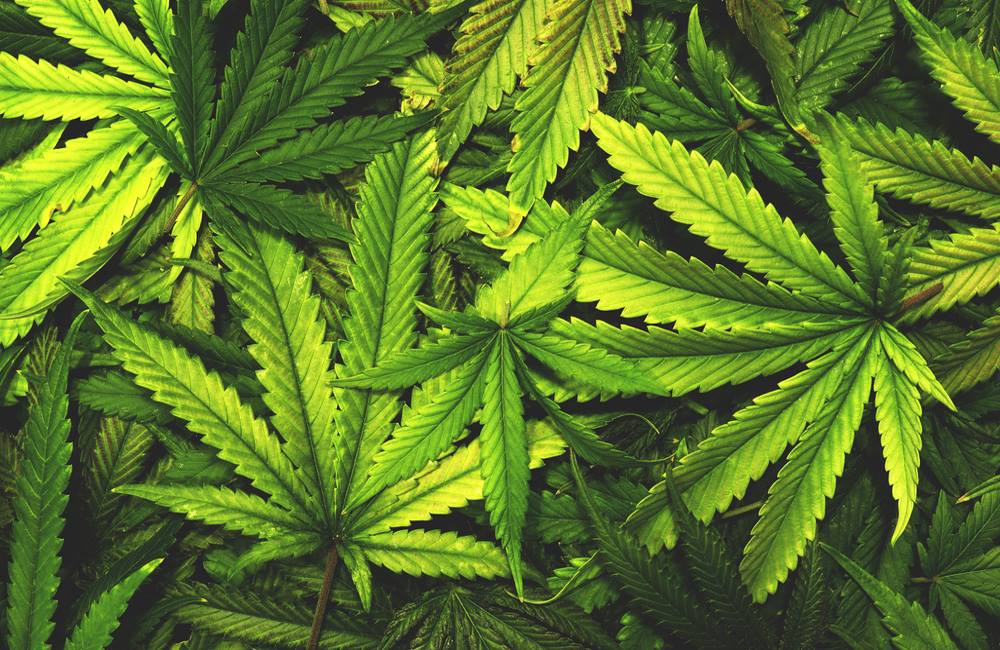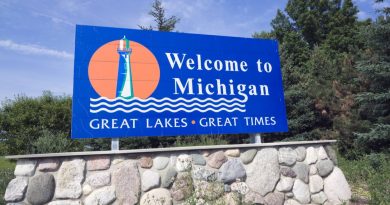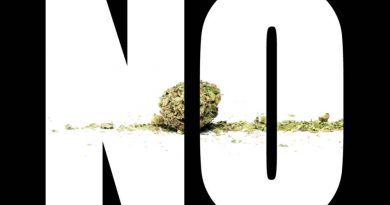What Is a Schedule I Drug and Why Is Marijuana On the List?
A Schedule I drug is an illegal drug found by the federal government to be addictive, harmful and without medical value. Manufacturing, selling or possessing Schedule I drugs is a federal crime that comes with some of the highest drug crime-related penalties, including incarceration.
Marijuana has been listed as a Schedule I drug since 1970. But cannabis advocates have been trying to get it removed since at least 1972. Cannabis remains on the Schedule I list despite more than half the U.S. states legalizing marijuana for medical use and eight states legalizing it for recreational use.
Marijuana Placed on Schedule I Drug List
In 1970, then Attorney General John Mitchell led the charge to place marijuana on a new schedule of illegal drugs as part of the Federal Controlled Substance Act. It was placed at the highest possible level, along with heroin, LSD and ecstasy.
President Richard Nixon had included marijuana as a drug that was part of what he saw as an overall drug problem sweeping the nation. He told Congress in 1971 that drug abuse had reached the “dimensions of a national emergency.”
He further solidified his position by creating the federal Drug Enforcement Administration in July 1973. Creation of the DEA was part of what Nixon called a “full-scale attack” on drug abuse in the U.S. It marks the beginning of what is now known as the War on Drugs.
Opposition to Marijuana on Schedule I
Opposition to Nixon’s moves came almost immediately. Organizations such as the National Organization for the Reform of Marijuana Laws (NORML), formed in 1970, emerged to advocate for removing the stigma associated with marijuana.
Such organizations had plenty of ammunition. The American Medical Association had even opposed making marijuana illegal in the past. As far back as 1944, the New York Academy of Medicine had questioned the movement to make marijuana illegal.
Since then, there has been study after study showing the potential of marijuana to provide medical value for patients experiencing everything from chronic pain and nausea to fighting anxiety and depression.
Recreational marijuana also has moved into the mainstream, with more people choosing to use marijuana socially and for relaxation. But despite attempts by some lawmakers, cannabis remains illegal at the federal level.
This has led to a situation where access to marijuana depends largely on where you live in the United States. This is contrary to places such as Canada, which is legalizing marijuana for all uses at the federal level starting in October 2018.
How the Schedules Work
As noted above, Schedule I includes drugs that have “no medical use” and are deemed highly dangerous for abuse and addiction. The other five tiers are as follows:
- Schedule II. These include drugs that are also considered dangerous, but at a slightly lower level. They include cocaine, methamphetamine, methadone, oxycodone, and fentanyl.
- Schedule III. Drugs at this tier have been found to have a “moderate to low” potential for creating dependency among users. They include products with less than 90 mm of codeine, anabolic steroids, testosterone and ketamine.
- Schedule IV. Drugs that have been found to have a low potential for abuse or dependence, including Xanax, Darvon, Valium, Ambien and Ativan.
- Schedule V. Products such as cough syrup that contain low amounts of narcotics.
While many argue with the inclusion of marijuana as a Schedule I drug – not to mention other aspects of the above list – changes to the 1970 law have been difficult to get passed. This has led to states taking the issue into their own hands – until leaders at the federal level find a way to make changes that will impact the entire nation.




